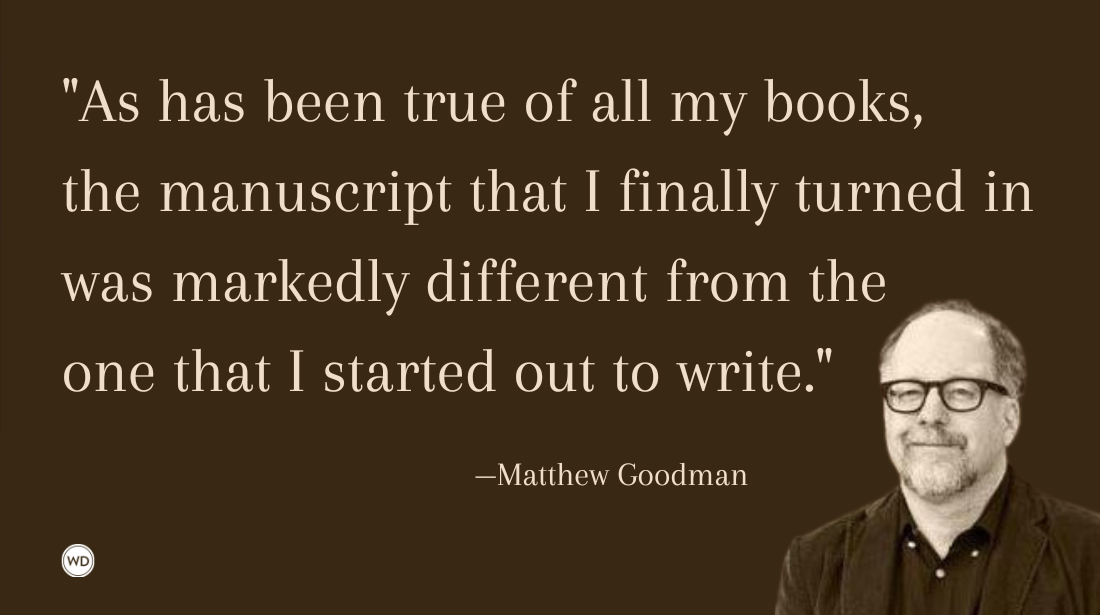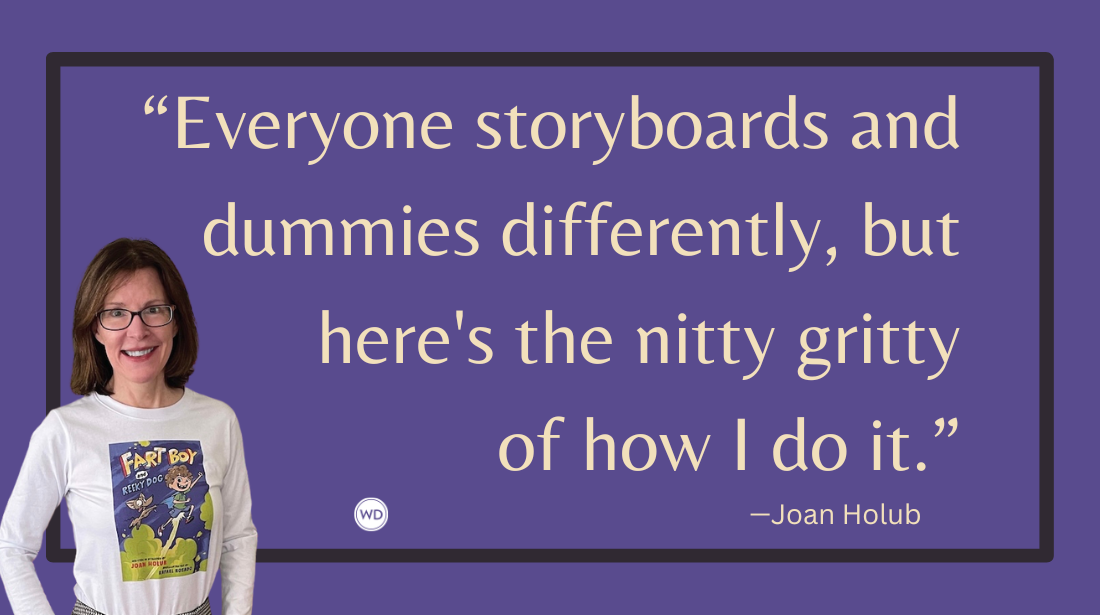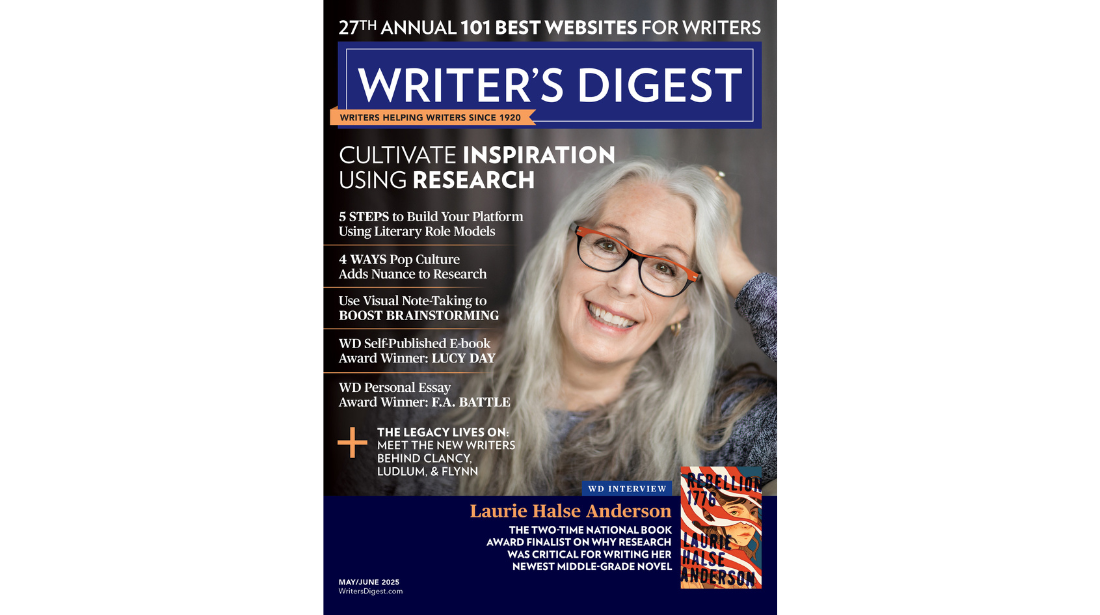Jeff Guinn: Conducting Field Research for More Authentic Nonfiction & Historic Fiction
Whether in novels or nonfiction, when it comes to adding authenticity, bestselling author Jeff Guinn takes field research to the next level.
Western Writers of America recently announced that author Jeff Guinn will be recognized in this year's Spur Awards for his novel Silver City, which earned best traditional Western novel. We profiled Guinn in the July/August 2017 issue of Writer's Digest. Check out the profile here, and subscribe to check out WD all year long.
Jeff Guinn: Walking the Grounds
Whether in novels or nonfiction, when it comes to adding authenticity, bestselling author Jeff Guinn takes field research to the next level.
On the cover of Jeff Guinn’s true crime bestseller, Manson, the usual grizzled mugshot associated with the former cult leader has been replaced by a photo from his younger years as a smiling, neatly coiffed boy. It’s an arresting image—one that promises a fresh approach to an amply covered, troubled tale.
“I’m always trying to figure out the difference between mythology and real history,” Guinn says. The myth about Manson: “Charles Manson is not now and never was insane. He was a cunning sociopath—everything he did was calculated, and to me, that makes him even more terrifying than if he was a lunatic.”
Guinn aims in his books to unearth the truth behind common perceptions.
His subjects have included Bonnie and Clyde in Go Down Together (whose “two-year crime spree was as much a reign of error as terror”), the Gunfight at the O.K. Corral in The Last Gunfight (“which was actually an arrest gone wrong”) and, most recently, Jim Jones and Peoples Temple in The Road to Jonestown (“yes, I did hack my way into the jungle in Guyana, because the roads to Jonestown had been overgrown—but, by golly, we found it”). The task frequently involves finding key sources—often reluctant witnesses unsought by previous authors.
For instance, after a long courtship through registered letters and phone calls, Guinn earned the cooperation of Manson’s sister and cousin. “They eventually came to believe I was trying to write the truth and from there they were very helpful,” Guinn says. “For every nonfiction subject there are always people who are popular experts—two or three people everybody will go to again and again. But if you actually go to where [the subject] lived, to places they spent time, sooner or later you’ll find people who know a lot but have never sought the spotlight.”
In researching 2010’s Go Down Together: The True, Untold Story of Bonnie & Clyde, Guinn tracked
down the outlaws’ descendants, hoping to hear some family lore. Buddy Barrow Williams, the stepson of Clyde’s youngest brother, had stories to share, along with a particularly interesting heirloom: Clyde’s mother’s unpublished diary. “After we got to know each other, he said, ‘You know, I’ve got this thing in a box you might want to look at’,” Guinn says. “Dumb luck supersedes talent. In my career, anyway.”
A similar discovery occurred while working on 2012’s The Last Gunfight: The Real Story of the Shootout at the O.K. Corral—and How It Changed the American West. Wyatt Earp expert Carl Chafin died before finishing his annotations to the voluminous diaries of Tombstone, Ariz., resident George W. Parsons. The manuscript eluded scholars for years, but Guinn learned that Chafin had given it to Cochise County recorder Christine Rhodes. “She’d never shared the manuscript because she felt people didn’t care that much,” Guinn explains.
The diaries described business and personal relationships in Tombstone, as well as the stories behind the story—Wyatt Earp’s ambition to become sheriff, and the Clantons’ association with cattle-rustling cowboys, thus setting them against Earp—that kindled the dust-up in the lot behind the Corral.
“What I love is learning the series of events, including coincidence, that cause things to happen,” he says. “The truth is almost always more fascinating than the made-up stuff.”
A former books editor for the Fort Worth Star-Telegram and an award-winning journalist, Guinn’s mission to distill facts from urban legends makes sense when you consider his investigative reporting background. He became a full-time author thanks to a novel he wrote in 1994, The Autobiography of Santa Claus. Originally written for a small, local publisher that later folded, some 10 years down the road a revised and reissued edition, along with two other Santa-themed books, became New York Times bestsellers. All three are whimsical fiction laced with history, and bear little resemblance to the sheer realism he is now known for.
With both fiction and nonfiction under his belt, it wasn’t until after The Last Gunfight that Guinn found a way to marry his passion for verisimilitude with a story all his own. Putnam publisher Ivan Weld approached him about writing a less common breed of Western fiction: “Fiction that portrayed the West the way it really was.”
The result is the Cash McLendon trilogy, the chronicle of a St. Louis street urchin who rises to respectability doing dirty work for business titan Rupert Douglass—the final chapter of which, Silver City, was released in January. Guinn hopes that his authentic portrayal of the Wild West, which features fictionalized takes on real historical figures including Doc Holliday and Comanche leader Quanah Parker, has brought frontier history to a wider audience.
For the first Cash McLendon novel, Glorious, Guinn ventured out into the mountains and tried prospecting for silver himself. For the sequel, he went to the Texas Panhandle and paced out Billy Dixon’s legendary rifle shot at the Second Battle of Adobe Walls. No matter the genre, Guinn says that he will always “walk the ground,” exploring the settings where his books take place.
“I’m starting a new nonfiction project about how in the 1910s and 1920s, Henry Ford, Thomas Edison, Harvey S. Firestone and others would go out every summer and explore parts of America,” Guinn says. “And I’m going to follow every mile they went.”
About Steve Boisson
Steve Boisson is a Los Angeles–based freelancer whose articles have appeared in the The Boston Globe, Acoustic Guitar, American History and many other publications.








